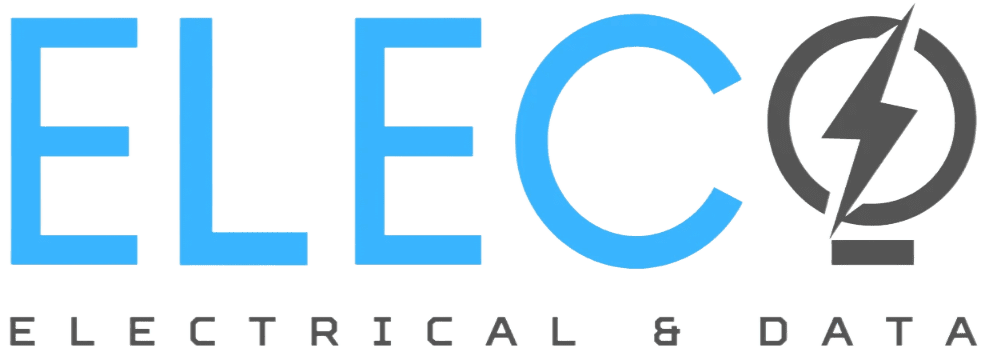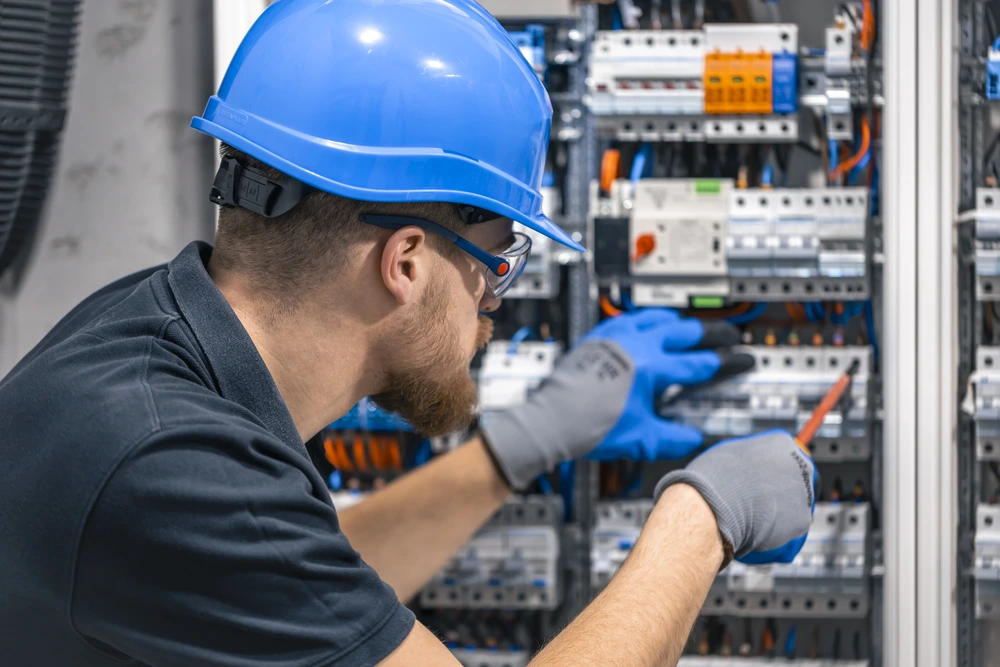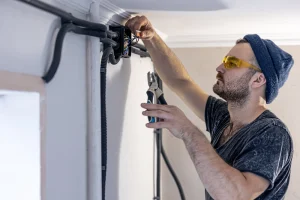When electrical systems fail, operations stall. In Melbourne, a commercial electrician is the professional who stops that chain reaction. By planning maintenance, upgrading aging gear, and applying strict safety practices, they reduce the risk of surprise shutdowns that put people and productivity at risk.
In a city of offices, warehouses, and retail spaces, every site has different loads, schedules, and compliance duties. The right provider audits your switchboards, wiring, and controls, prioritises fixes, and schedules any interruptions after hours. That disciplined approach keeps teams focused and critical equipment online. It also documents risks, so decisions and budgets are based on clear, current evidence, not rough guesswork.
This guide outlines how a commercial electrician in Melbourne prevents costly downtime: preventive maintenance, rapid fault response, smart lighting upgrades, and clear compliance.
The High Cost of Downtime
When power fails, every minute counts. For a Melbourne business, even short outages can be expensive, lost work hours, missed deadlines, disrupted customer service, and even safety hazards. For example, frozen data or spoiled goods in a blackout can add up quickly. You may not see the dollar figure ticking up on the screen during an outage, but it’s happening: idle staff wages, interrupted workflow, and potential damage to equipment all cost money.
Downtime also erodes trust. If your customers or employees see frequent outages, they may doubt your reliability. A single fuse trip in a restaurant kitchen or a short in a warehouse can snowball into hours of cleanup and repair. In contrast, businesses that stay powered on maintain productivity and confidence.
Lost Productivity: Employees can’t work without power, so minutes of downtime quickly turn into wasted wages.
Safety & Compliance: A power fault could trigger safety systems (like fire alarms), causing bigger disruptions.
Reputation Damage: Customers expect reliability; outages can make even established businesses seem unstable.
Preventive Maintenance: The Key to Reliability
The best way to avoid downtime is to stop problems before they start. A routine check might involve testing circuit breakers, examining switchboards, and scanning for any wear or overheating. Predictive maintenance techniques like infrared thermography can spot hot spots in wiring or machinery before they fail. When technicians replace frayed wiring or faulty fuses at their scheduled check-ups, they avoid unplanned outages later on.
Maintenance isn’t just about fixing visible issues; it also involves testing unseen risks. WorkSafe Victoria advises visual inspection of electrical leads and equipment before use, and tagging or removing any damaged items from service. Regular “test and tag” regimes help catch hidden faults: for instance, damaged cords or deteriorated insulation that a glance might miss. By keeping a close eye on equipment health, a commercial electrician ensures the system is resilient. Below is a summary comparison of proactive upkeep versus ignoring maintenance:
| Aspect | Preventive Maintenance (Regular) | No Maintenance (Reactive) |
| Downtime Risk | Low – planned shutdowns are scheduled | High – unexpected failures hit |
| Safety | High – hazards caught early | Low – hidden risks accumulate |
| Repair Costs | Predictable, small fixes | High – emergency repairs, lost work |
| Compliance | Strong – up to code | Weak – potential fines & hazards |
Licensed Commercial Electricians: Compliance and Quality
You wouldn’t ask an untrained neighbor to wire your office, and neither would a smart business owner. In Australia, it’s a legal requirement that electrical maintenance and repairs be done by qualified professionals. Any maintenance or electrical work needs to be undertaken by someone competent and suitably qualified, in other words, a licensed electrician. Licensed commercial electricians carry the expertise to handle your building’s specific systems safely.
Licensed status isn’t just a credential; it comes with accountability. In Victoria, electricians must issue a Certificate of Electrical Safety (COES) after work to certify that it meets safety standards. This legal document means the contractor stands behind the quality of their repairs or installations. If a business tries to cut corners with unlicensed labor, it risks voiding insurance or even breaking the law. Moreover, the electrical regulator warns: don’t attempt DIY repairs on damaged equipment.
Rapid Response: Emergency Commercial Electricians
Even robust systems can fail. A documented response plan with emergency commercial electrician support limits disruption. Core steps include safe isolation, fault diagnosis, temporary restoration where appropriate, and permanent repair scheduled to suit operations. Victoria’s safe work guidance emphasises lock‑out, isolation, and tagging for electrical tasks.
Key emergency response actions:
- On-Call Availability: Commercial electricians often provide 24/7 support for urgent breakdowns.
- Fault Diagnosis: Rapid use of testing tools isolates problems (e.g., identifying a short circuit).
- Quick Repairs: Swapping out failed components (like a blown fuse or burned-out motor) on the spot.
- Safety First: Even under pressure, all emergency work follows safety protocols (lockout/tagout, de-energising) to protect workers.
Ultimately, this readiness means you minimize lost time. With an emergency electrician, a sudden outage feels like a brief hiccup rather than a long halt.
Comprehensive Commercial Electrical Services
Preventing downtime is about more than fixes and inspections; it’s also about choosing the right solutions from the start. Commercial electrical services span a wide range of offerings that together keep a business humming. A skilled electrician can upgrade your switchboard to handle more power, install modern backup generators, or wire up lighting systems built to last.
For example, commercial lighting installation using LED fixtures not only cuts energy bills but also significantly reduces failure rates; LEDs last much longer than old incandescent bulbs. The Victorian government even offers free LED upgrades for businesses through the VEU program, helping replace any remaining incandescent or compact fluorescent lamps with LED. This kind of upgrade means fewer bulb failures and less maintenance down the line.
Other key services include:
- Switchboard Upgrades: Modern switchboards with higher capacity and better safety devices prevent overloads and trips.
- Safety Inspections: Regular electrical safety audits (as required by law) check for hazards in wiring and equipment. Detecting and correcting issues early ensures compliance and avoids unexpected shutdowns.
- Wiring and Rewiring: Old or damaged wiring is a ticking time bomb. Up-to-date wiring work eliminates potential shorts.
- Safety Devices Installation: Installing residual current devices (RCDs/safety switches) or surge protectors adds layers of protection. These devices shut down a circuit safely during a fault, preventing equipment damage.
- UPS and Backup Systems: Uninterruptible Power Supplies (UPS) and generators provide temporary power during outages, so critical systems stay online.
Energy-Efficient Electrical Solutions
Efficient systems draw less power and run cooler, easing stress on cables and switchgear. The federal Lighting guide confirms that most commercial fittings can be retrofitted with LED products, and adding timers or motion sensors improves outcomes. Lower heat and stable loads help prevent nuisance trips and premature failures.
Government support reflects this win-win approach. Programs like Victoria’s LED incentive recognize that efficient electrical solutions make businesses more resilient. By working with a commercial electrician to implement these solutions, such as LED lighting upgrades, high-efficiency motors, or automated controls, you not only cut costs but also reduce the chances of an electrical fault causing downtime.
Benefits of energy-efficient upgrades:
- Reduced heat and load on circuits (fewer trips).
- Longer lifespans of fixtures and appliances (less frequent failures).
- Lower operating costs (savings that can offset maintenance budgets).
By treating efficiency as an aspect of reliability, businesses get a double return: happy accountants and an always-on power supply.
Conclusion
Downtime in business isn’t just about lights going out; it’s about lost opportunities, strained resources, and frustrated staff or customers. Electrical issues, if left unchecked, quickly snowball into costly problems that impact your reputation and profits.
By working with a commercial electrician in Melbourne, you gain peace of mind knowing your systems are compliant, energy-efficient, and resilient. From regular inspections to emergency repairs, their role goes far beyond fixing faults; it’s about securing your business against disruption.
At Eleco Electrical & Data, we’re committed to keeping your operations running without interruption. Whether you need preventive maintenance, urgent repairs, or energy-efficient upgrades, our licensed team is ready to help. Contact us today to schedule your service and protect your business from costly downtime.
FAQs:
-
What’s the difference between a commercial and residential electrician?
A commercial electrician handles larger, more complex systems like three-phase power, industrial switchboards, and compliance with workplace safety laws.
-
Do I need a licensed commercial electrician for small electrical repairs?
Yes. Even minor electrical repairs in a business setting must be carried out by a licensed commercial electrician to meet safety and compliance standards in Victoria.
-
How can regular maintenance reduce long-term electrical costs?
Preventive maintenance identifies problems early, improves energy efficiency, and extends the lifespan of equipment, saving your business from costly commercial electrical repairs.



